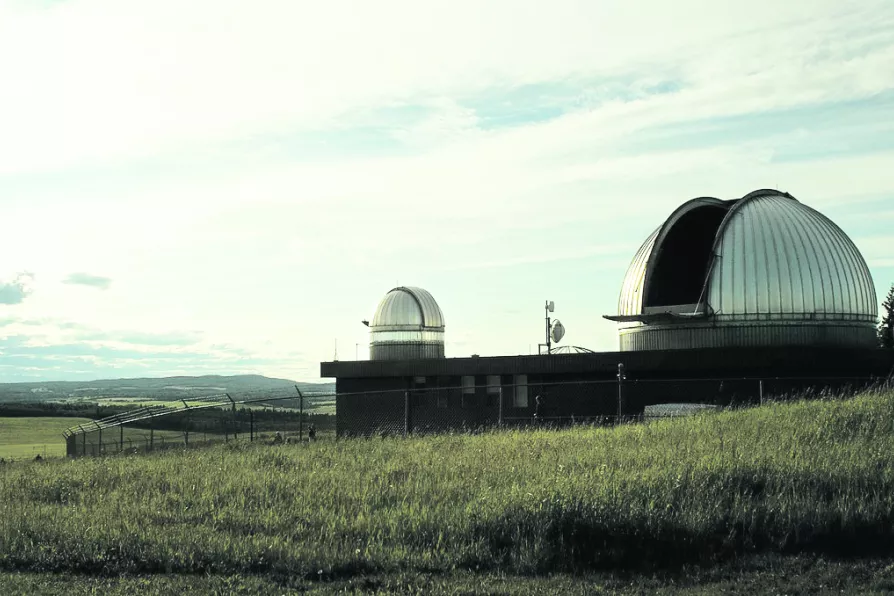Labour’s persistent failure to address its electorate’s salient concerns is behind the protest vote, asserts DIANE ABBOTT
The magic and mystery of exploration
ROX MIDDLETON, LIAM SHAW and JOEL HELLEWELL discuss the value of blue-sky research in reimagining reality, regardless of whether there is a way to monetise or exploit the discoveries

 [Creative Commons/Sabrina Setaro]
[Creative Commons/Sabrina Setaro]
FAR away in space there are two very heavy and very dense stars orbiting each other extremely fast.
The lighter star is also spinning. Instead of rotating once every 24 hours, like our planet, it spins two-and-a-half times every second.
The pair of stars move around each other (as the Earth orbits the sun once a year) every four hours and 44 minutes.
Similar stories

JOHN GREEN wades through a pessimistic prophesy that does not consider the need for radical change in political and social structures

It’s sunny times for the solar industry which is expected to continue to grow rapidly — but there are still major environmental issues with how solar cells are made, explain ROX MIDDLETON, LIAM SHAW and MIRIAM GAUNTLETT

Fraud in Alzheimer’s research raises difficult questions about the current state of science, write ROX MIDDLETON, LIAM SHAW and MIRIAM GAUNTLETT

Rox Middleton, Liam Shaw and Miriam Gauntlett look at the history of lasers, from cat toys to modelling the explosion of stars










